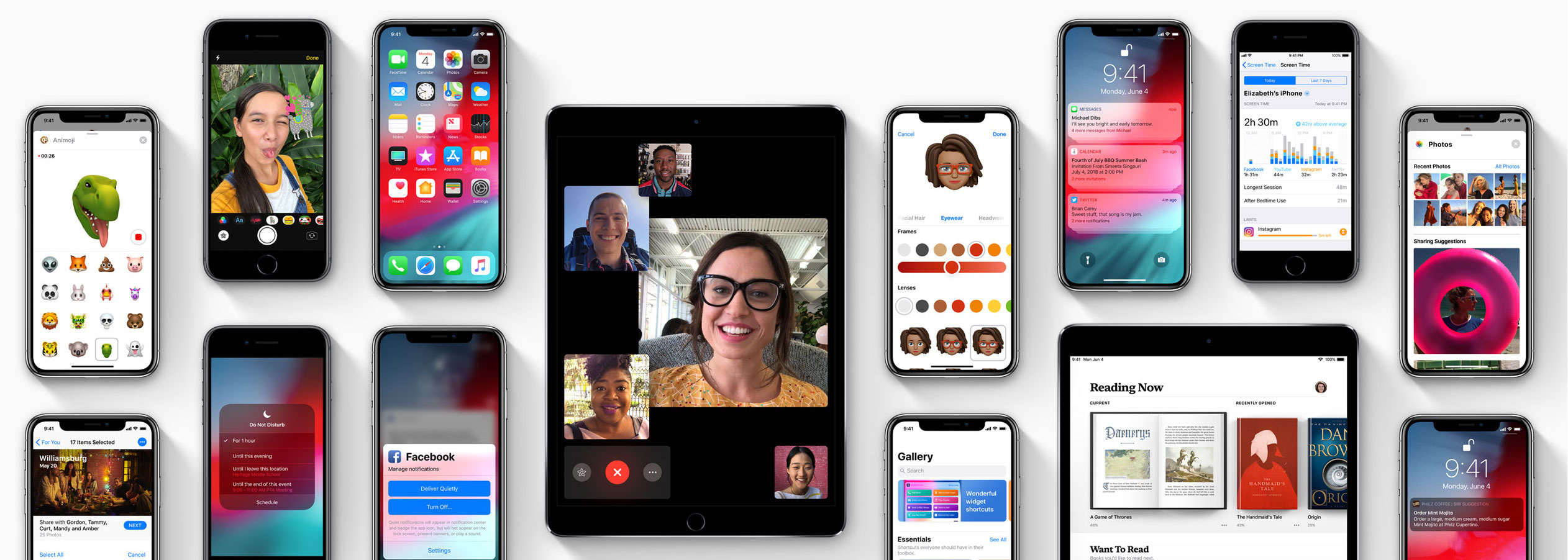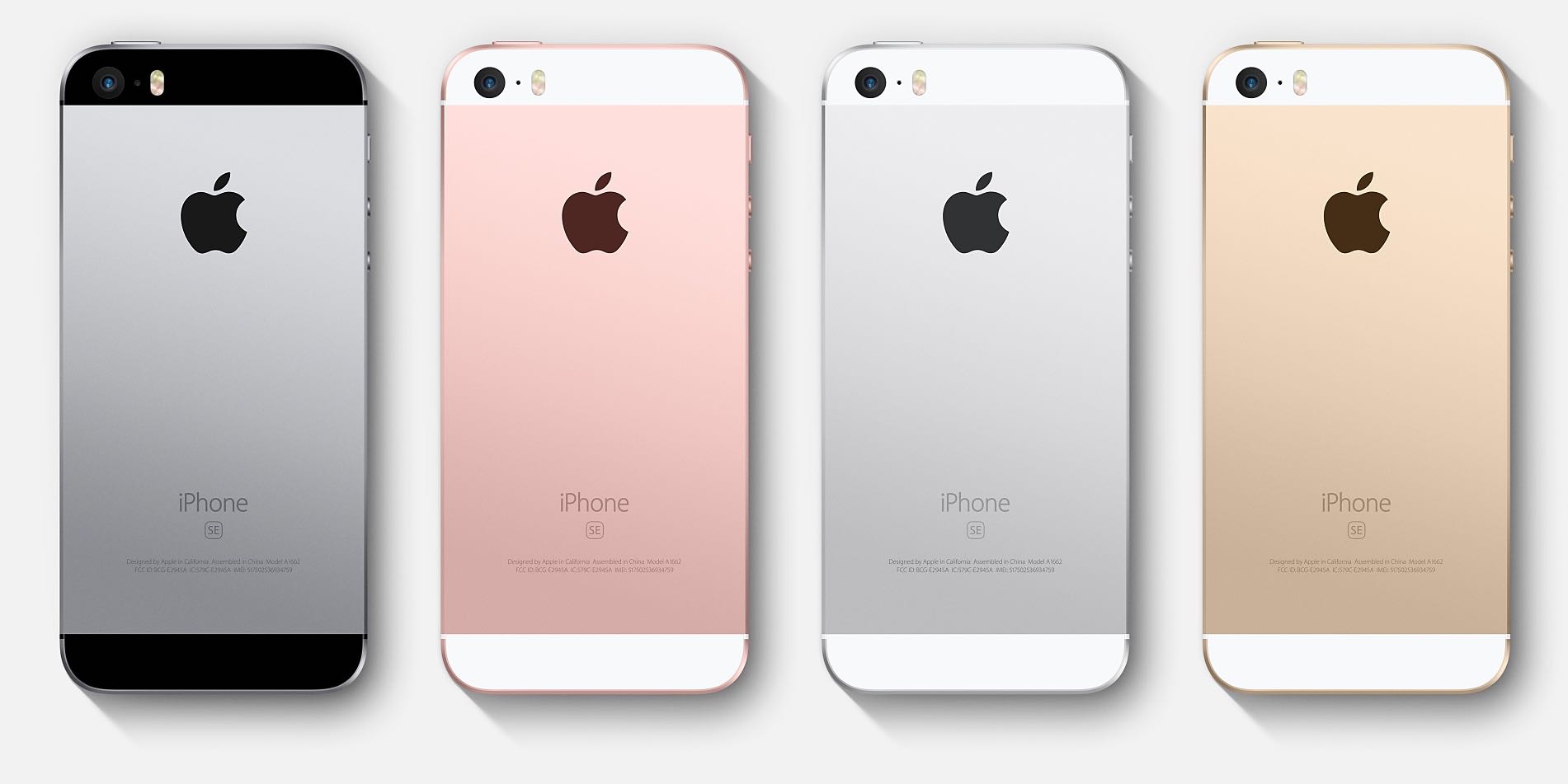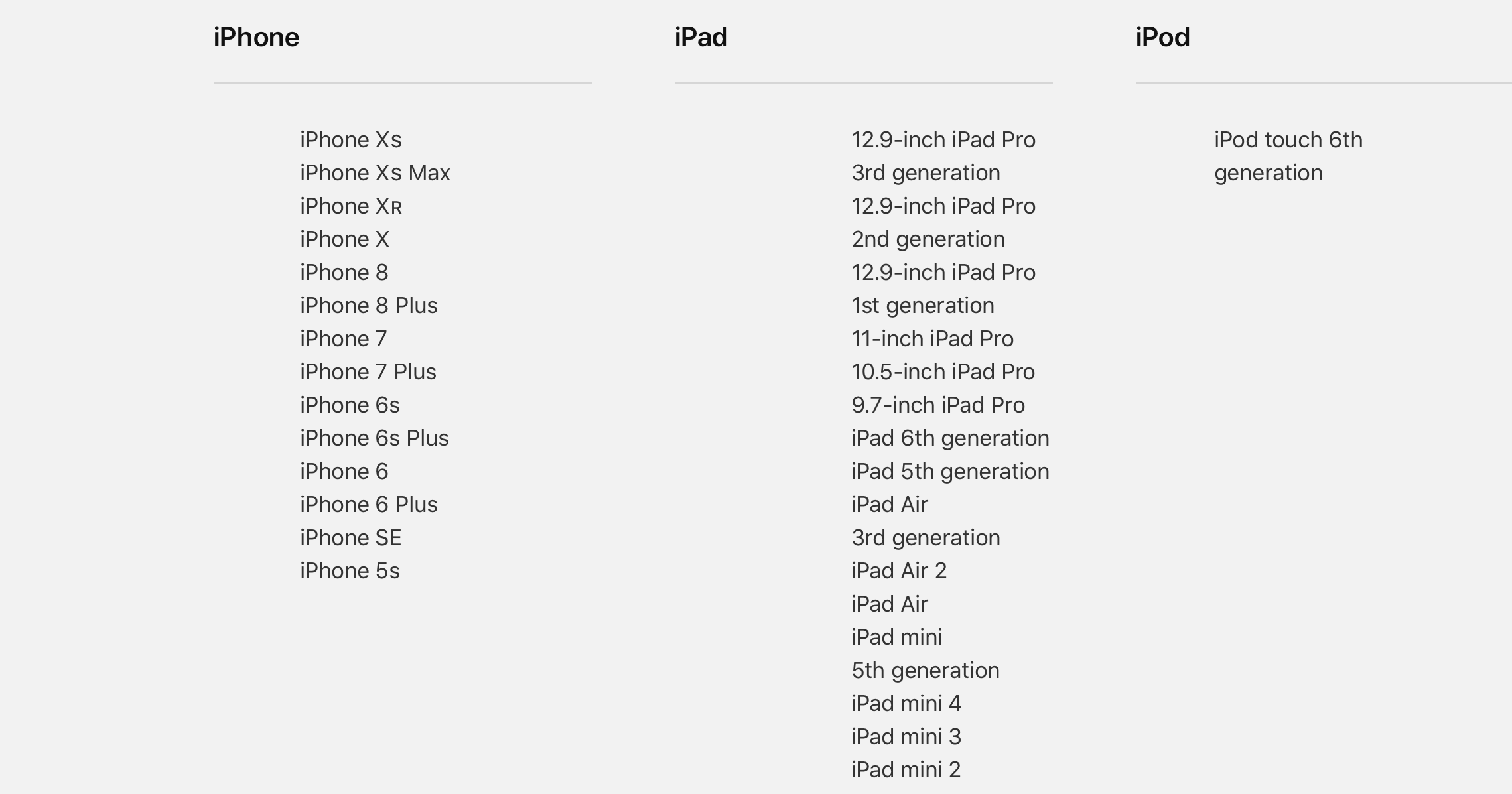
A new report makes unsubstantiated claims that iOS 13 won’t be compatible with iOS 13 and a number of other iPhone and iPad models, but this isn’t the first time we’ve heard the rumor.
iOS 12 has the same hardware requirements as iOS 11, but the upcoming iOS 13 update is said to drop support for some of the devices that work with iOS 12.
According to info that French blog iPhoneSoft.fr apparently sourced sourced from a senior engineer at Apple who works on the iOS 13 team, the upcoming software update will not work with the iPhone 5s, iPhone 6, iPhone 6 Plus and iPhone SE models.
Moreover, iOS 13 also won’t run on the iPad mini 2 and the original iPad Air models.
In other words, iOS 13 should work on iPhone models from iPhone 6s onward, in addition to iPad mini 3 and later, the second-generation iPad Air and all later iPads, as well as the sixth-generation iPod touch. This was originally claimed by Israeli site The Verifier which in January said iOS 13 would drop compatibility for the iPhone 5s through iPhone 6s models.

I’ think both reports are wrong, and here’s why. The reported removal of iOS 13 support for the iPhone SE and iPhone 6 models is very questionable because major iOS software updates are typically optimized for Apple’s processor models, not specific devices.
If iOS 13 is indeed going to drop support for all the iPhone models with the Apple A8 chip, such as the iPhone 6/Plus range, then it will make no sense whatsoever to also remove compatibility for iPhone SE, which runs the newer Apple A9 chip and is still being manufactured in India. Equally puzzling is alleged support for the sixth-generation iPod touch because that device sports the same A8 processor as the apparently unsupported iPhone 6/Plus models.

On top of that, a recent report from Bloomberg‘s Mark Gurman detailing some of the biggest features coming to iOS 13 has suggested that iOS 13 will double-down on its processor’s under-the-hood tweaks and code optimizations with the goal of improving device speed and responsiveness even further than the already speed-focused iOS 12 update.
“The software, for the second year in a row, will speed up the devices and reduce bugs,” reads an excerpt from Gurman’s report. So, if one of iOS 13’s goals is to speed up older devices, then removing iPhone SE from the compatibility list makes absolutely no sense to me.
It’s just my opinion and I could as well be wrong about that, but I’m interested to hear your thoughts on iOS 13’s system requirements.
Don’t be shy, meet us in comments!